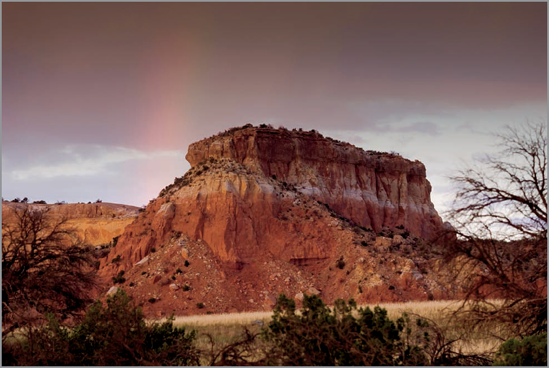Chapter 13. PHOTOGRAPHING NATURE

Since the early days of photography, photographers have been drawn to the abundant subject matter available in nature. It remains as true today as it was when Ansel Adams was conducting classes in Yosemite Valley. Like the film photographers before them, digital photographers are often inspired to create images that record and interpret the natural beauty they find around them, whether it's a scenic landscape in a spectacular location such as in figure 13-1, a colorful sunset at a favorite vacation spot, or a flower in a backyard garden.
Photographing nature means shooting with available light. Obviously, it's impossible for a photographer to light a sweeping landscape, and it's seldom practical to light other nature subjects. Fortunately, it's also unnecessary because nature subjects are located outdoors where the ultimate light source, the sun, provides plenty of illumination — at least during daylight hours. As a result, nature photographers seldom need to supply any lighting. At most, you might use a small reflector or portable flash as a supplemental fill for some smaller close-up subjects.
Okay, I realize that I'm generalizing about nature photography being available light only. Granted, there are situations in which photographers carry lighting equipment out into the field, usually to photograph nocturnal animals. Also, photographers sometimes ...
Get Exposure and Lighting For Digital Photographers Only now with the O’Reilly learning platform.
O’Reilly members experience books, live events, courses curated by job role, and more from O’Reilly and nearly 200 top publishers.

